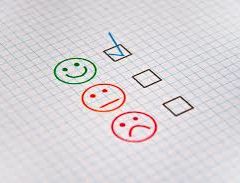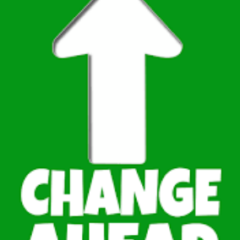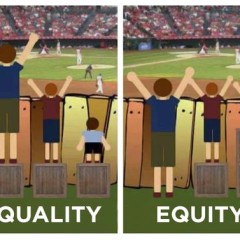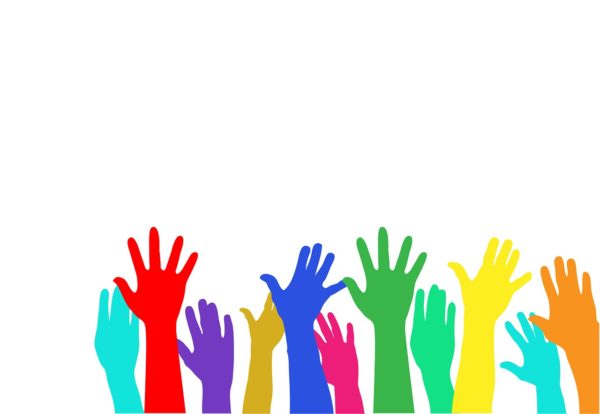About a month ago I switched in-district teaching positions. I left a classroom of fabulous 6th graders in elementary for 7th-grade math on a cart. As I observed the various classes I was to inherit, one thing was evident; students didn’t have a stable learning environment. I witnessed displays of behavior not conducive to learning, students disengaged while the teacher instructed, and frustrated student faces.
During these days of observation, I kept asking myself two things.
1. Why did I leave my 6th graders?
2. How do I begin to create a stable and safe environment of learning for my new students?
I previously wrote a blog that discusses how I discover what my students deal with in their lives outside of school and how I use that data to shape lessons and academic practice. However, here it was the tail end of October and students were deep in their current math unit. I felt I was going to have to begin teaching with a triage approach.
Continue reading






